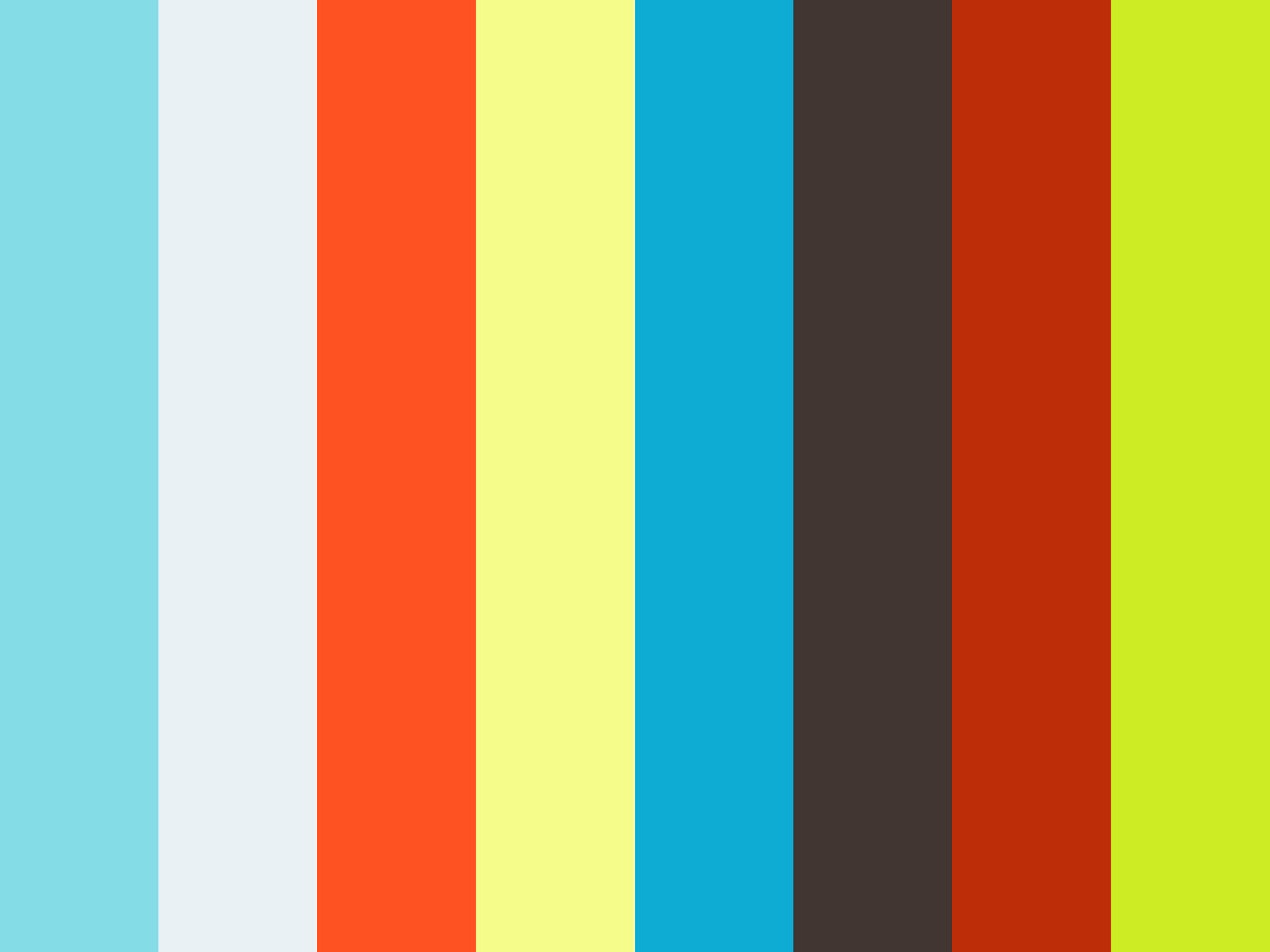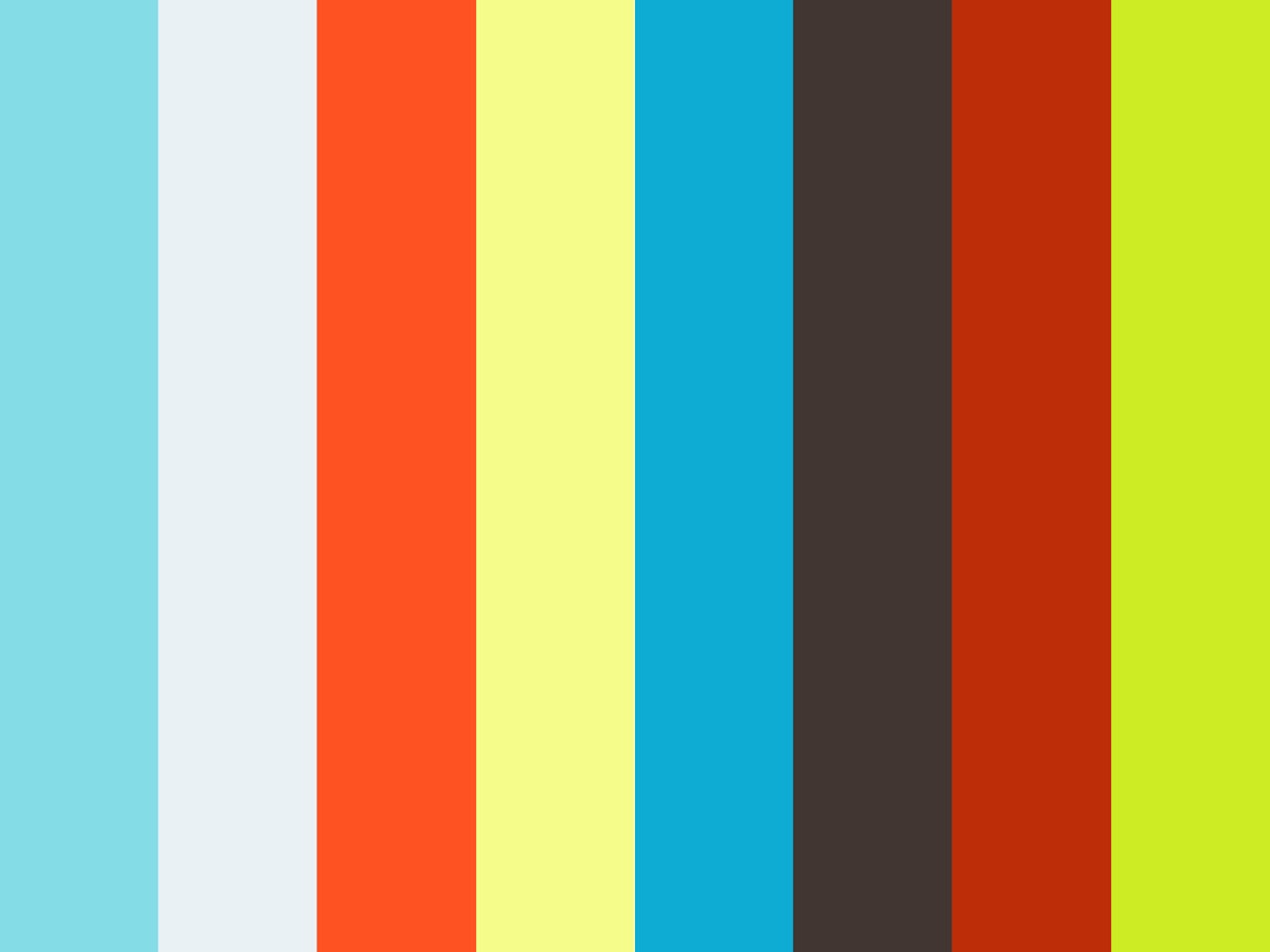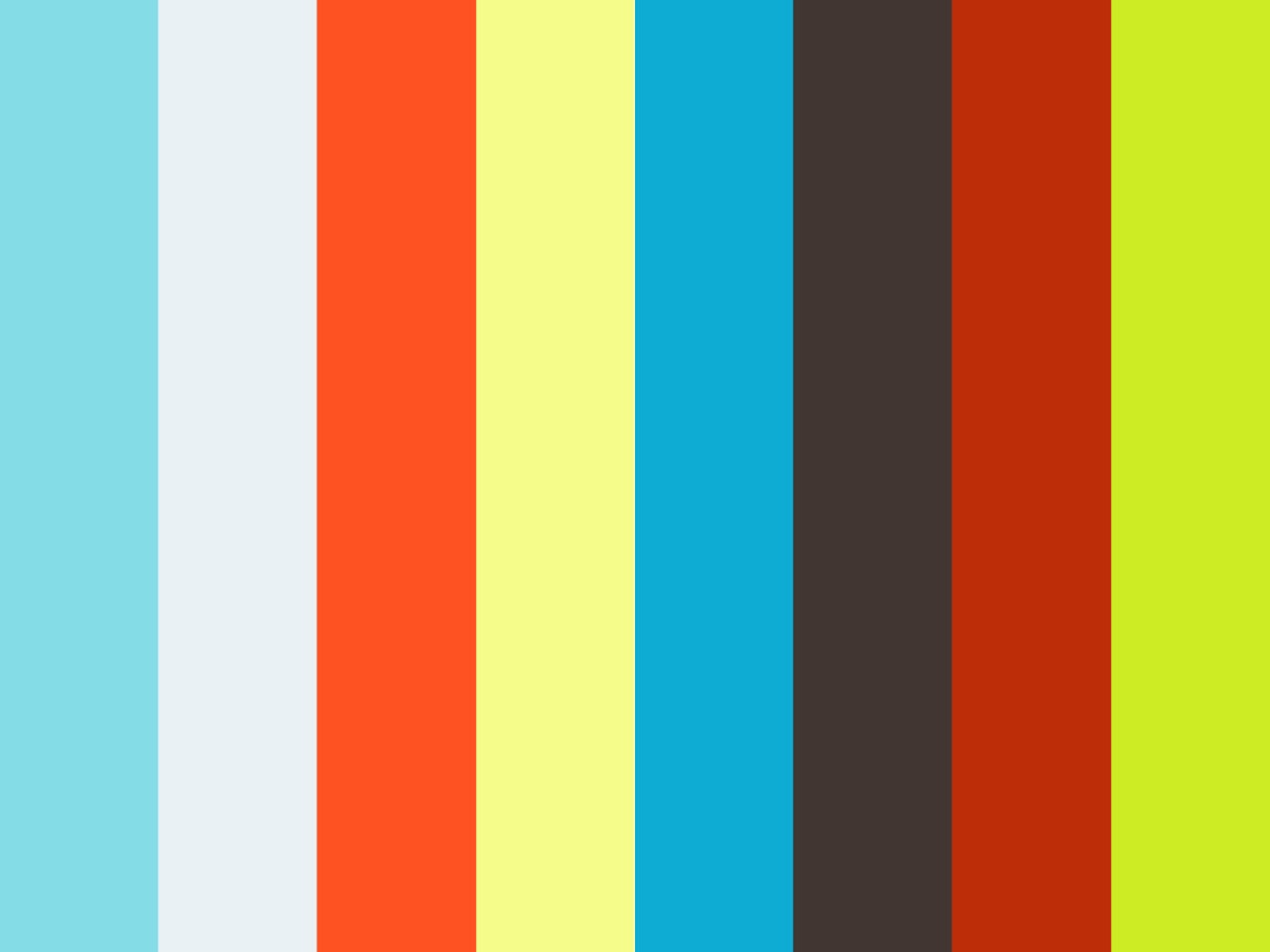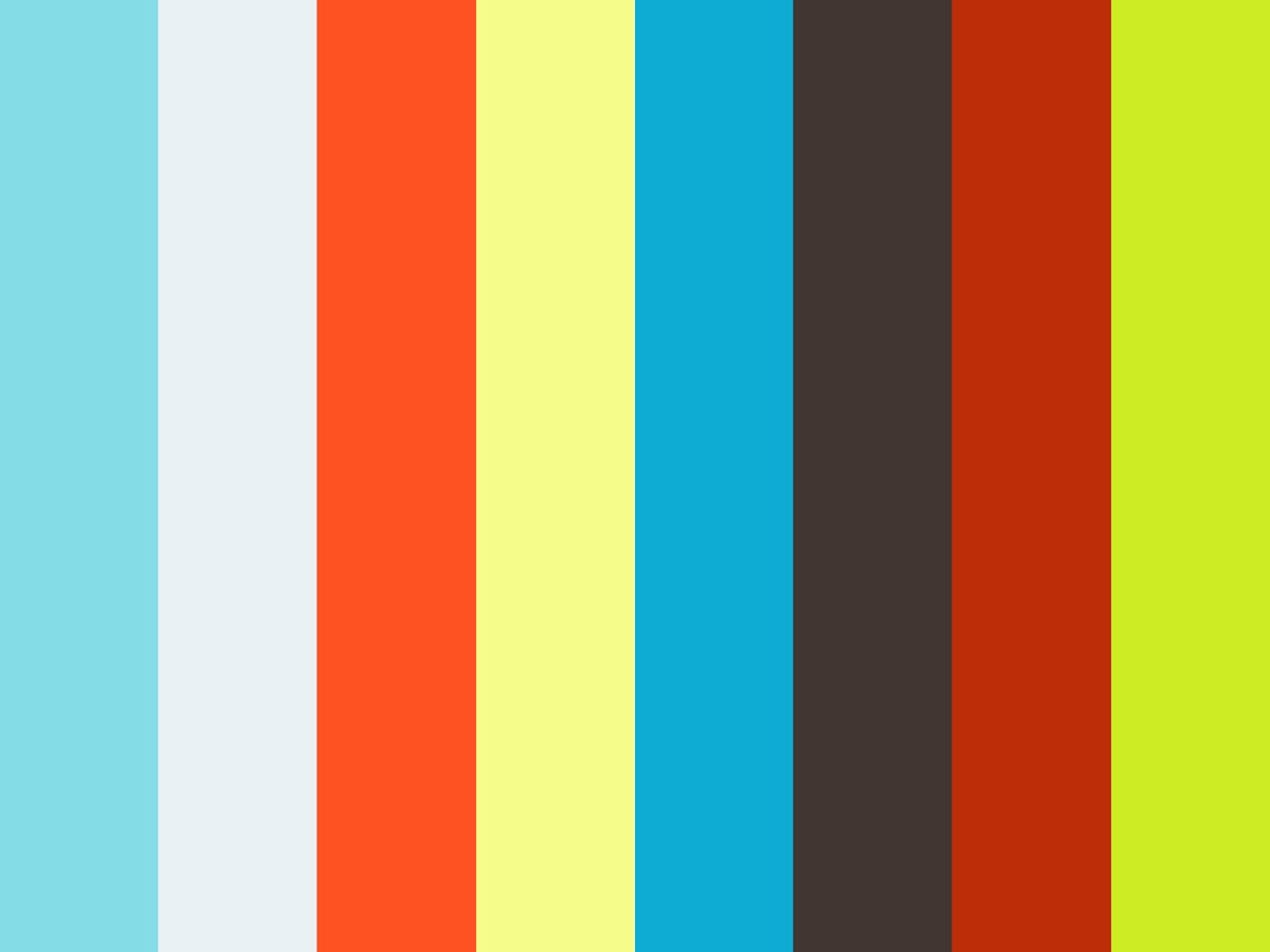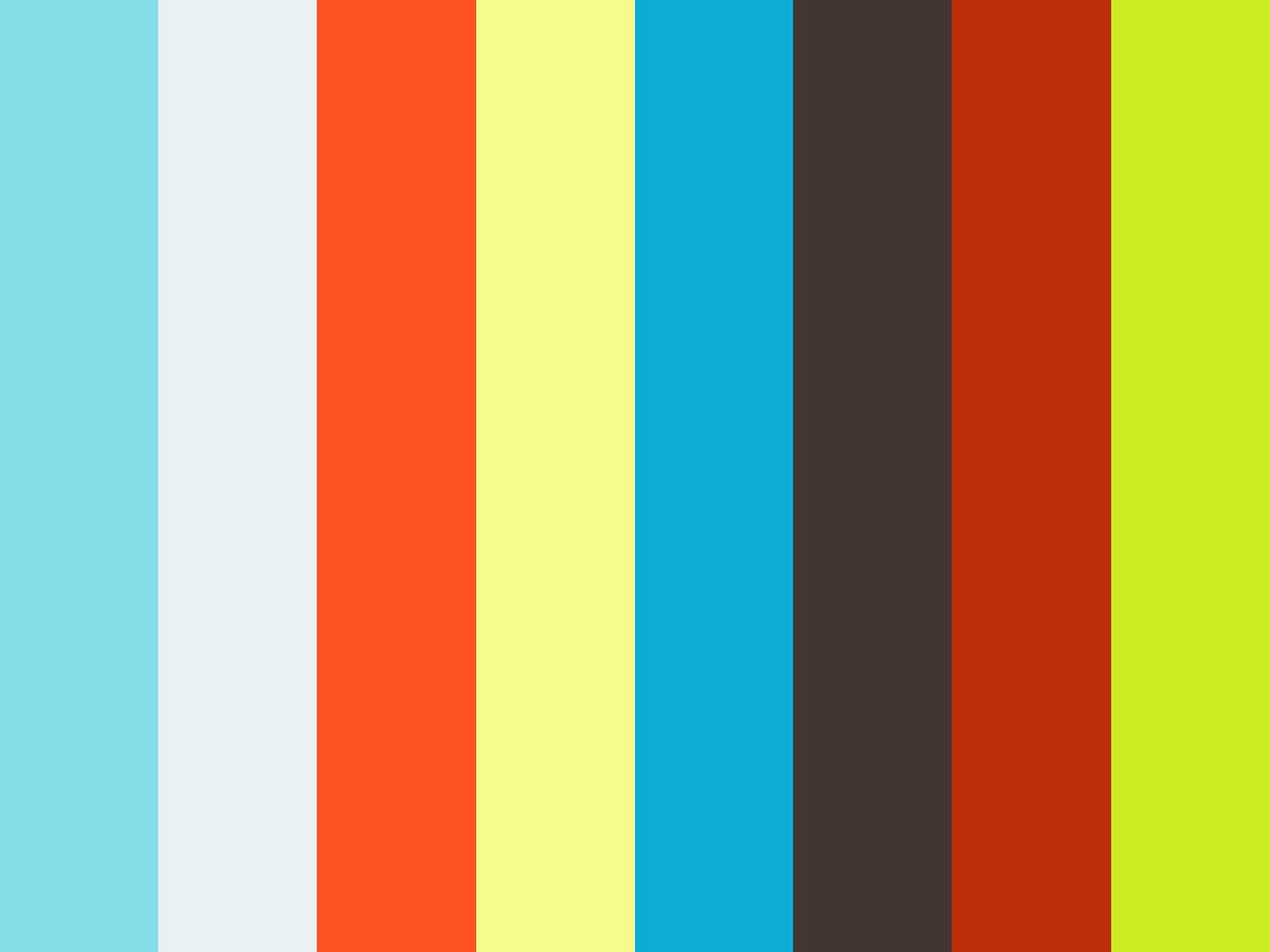Read all the Activating Vacancy posts, and learn more about POP Dallas.
We built an ark in the Tenth Street Historic District. Inspired by Noah Street, named for Noah Penn, one of the neighborhood’s pioneers and a founder of Greater El Bethel Baptist Church, the Ark consists of a superstructure of reclaimed and salvaged materials from the neighborhood built around a 20-foot shipping container and displayed at 1127 E 10th St (at the corner of Noah St and Cliff St behind Greater El Bethel Baptist Church). The Ark on Noah Street was the first project completed as a part of Activating Vacancy in the Tenth Street Historic District. Envisioned by artists Christopher Blay and constructed with help from neighborhood residents, the Ark was opened during a festival on March 1st, 2014.
During the festival commemorating the Ark, its interior was transformed into a gallery of collages of family and institutional narratives created by local community members, brought in a processional to the Ark. Following the festival, the Ark will remain on display for 40 days and 40 nights. When disassembled, the Ark will be stored within the container to be resurrected as part of a yearly ritual. The metaphor of the Ark represents the neighborhood and its families and institutions as a vessel for culture and memory and its annual resurrection as a means for celebrating the place’s journey across the years.
![[bc]](http://images.squarespace-cdn.com/content/v1/5248ebd5e4b0240948a6ceff/1412268209242-TTW0GOFNZPDW9PV7QFXD/bcW_square+big.jpg?format=1000w)
